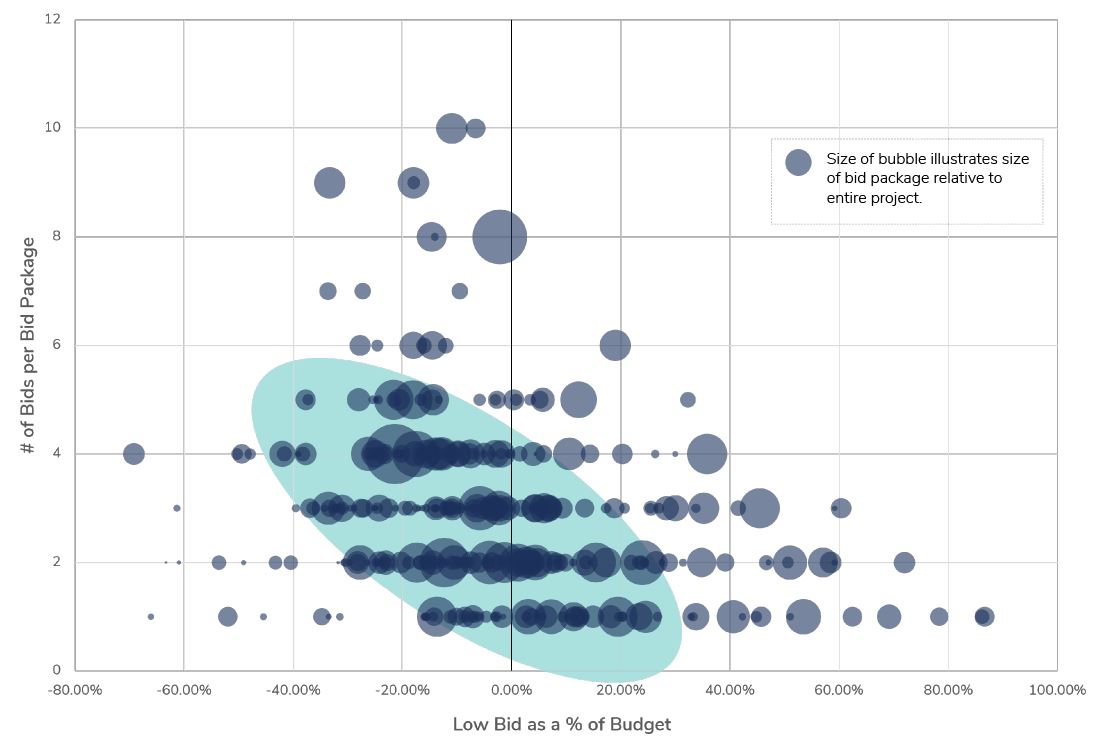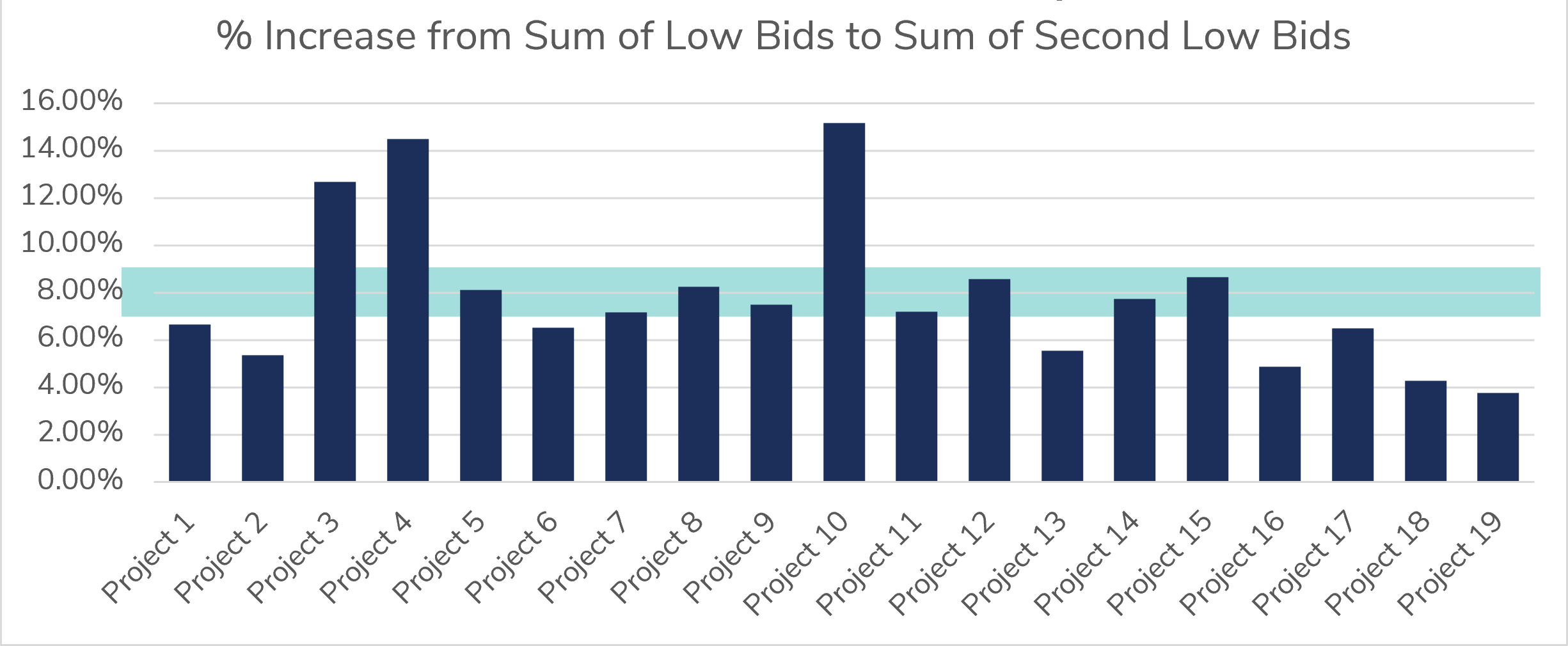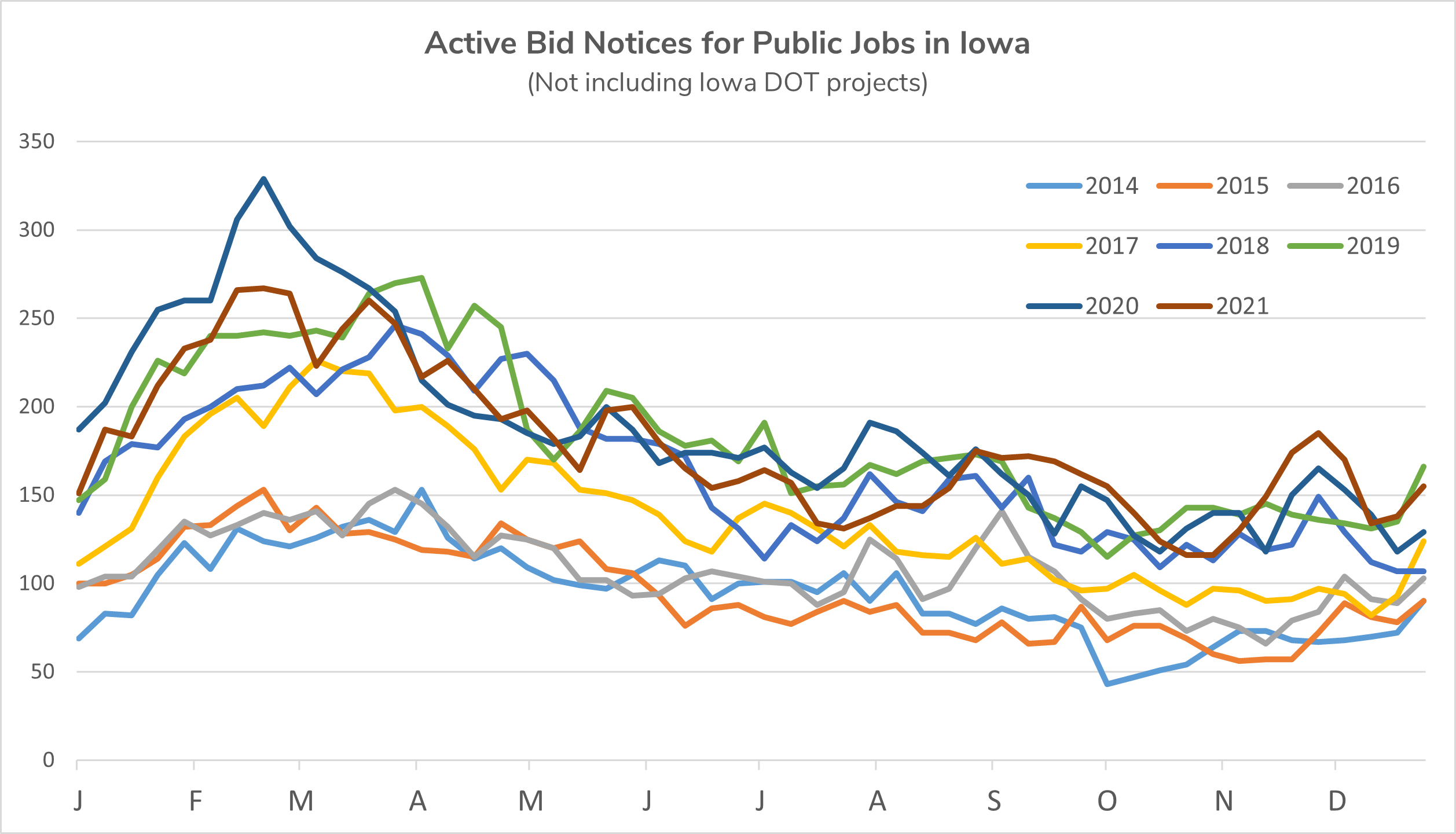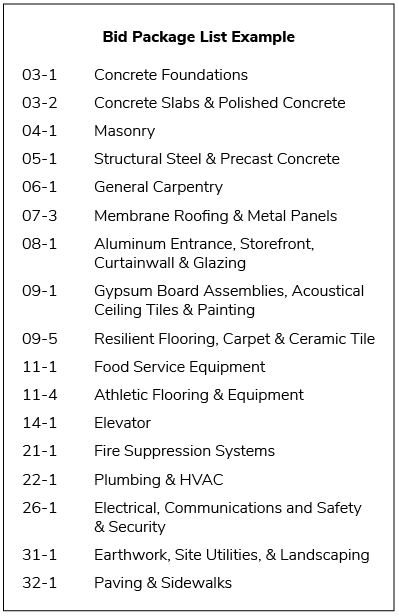Bid day is the moment of truth in the preconstruction process. Months and sometimes years of work go into balancing design and budget expectations and trying to predict costs in the ever changing construction environment. It all culminates in the results of bid day.
At Story, we have a lot of pride in the way we handle difficult bidding conditions, as we have been studying and perfecting our bid day system for years. Whether we’re the construction manager receiving bids for multiple bid packages on behalf of an owner or we’re receiving bids as a prime contractor, there’s one often overlooked factor to a successful bid day: somewhere out there is a qualified subcontractor, supplier or bid package contractor who would submit the lowest bid, and we need to have their attention.
“Somewhere out there is a qualified bidder who would submit the lowest bid, and we need to have their attention.”
BACKGROUND
When we’re hired as a construction manager, we’re working on behalf of the owner – typically a school district, university, or municipality that hires us to manage the project for them, including managing the preconstruction process. A traditional bid project without a construction manager will get bid in one piece and awarded to a single prime contractor, but a project with a construction manager will usually get bid in multiple separate bid packages.
Three to five weeks prior to bid day, the design team will release a set of documents and specifications from which we will create bid packages and narrate what is to be included and not be included within the scope of each package. There can be as few as one, but there are typically around 20 bid packages. Contractors review bid packages to see if their services are aligned to the scope of work, and ultimately will decide whether or not to submit a bid for that work on bid day. The lowest bidder for each bid package is awarded the work, so long as they are deemed responsible, the overall project is within budget, and no other problems arise.
This process can be very fragile. We work for months and sometimes years creating budgets and refining them based on design changes and market conditions. Our budgets are largely influenced by the data we collect from each bid day we’ve participated in up to this point. There is a back and forth process with the design team as we work together to try to guide the final design toward a solution that will meet the owner’s budgets and expectations. The fragility comes down to all the factors that can influence the final cost, which include:
-
- Overall market conditions
- The time of year of the project and bid period
- Other projects bidding at that time, competing for interest and resources
- Changes in the project design after the last budget estimate was completed
- How well the construction team and the design team do in selling and promoting the project to the marketplace
- The attractiveness of the offering
MAKING YOUR PROJECT ATTRACTIVE TO BIDDERS
There are a number of factors that can make a construction project attractive or unattractive to bidders, therefore increasing the likelihood of receiving more bids:
-
- Contract terms (payment; risk allocation)
- Complexity of the bid form (number of alternates, unit prices and breakdown requirements)
- Project partners – architect, construction manager, consultants, etc. (competence, fairness, quality, reputation)
- Bid date (other projects competing for attention)
- Project schedule (aggressiveness)
- Your reputation as an owner (fairness; ability to keep pace)
“By getting the attention of bidders, you are significantly increasing the chances of receiving low bids that are below budget.”
Take a look at the graph below. Each bubble represents the low bid on each individual bid package bid out for the last 26 projects we have led as construction manager – more than 370 bid packages. The size of each bubble represents how large the bid package is relative to the entire project, the y-axis represents how many bids were submitted for the bid package, and the x-axis represents how far below or above budget the low bid is.

Notice how the dark mass of bids trends from over-budget to under-budget as more bids are received per bid package. By getting the attention of bidders, and in turn receiving more bids for each bid package, you are significantly increasing the chances of receiving low bids that are below budget. A bid package that receives four or more bids is 81% likely to bid under budget, while bid packages that receive just one bid are 58% likely to end up over budget.
Building good relationships with bidders is a top priority. We call or visit contractors we believe would be a good fit for the job and give them more supporting information about the project. They also like to be familiar with the people who are working on the project, such as a superintendent and project manager. Bidders enjoy and feel more comfortable bidding on a project when they can become familiar with it before even looking at the plans. When there’s any ambiguity in the design or scope of work, bidders might see risk and decline the opportunity to bid altogether. It’s the entire team’s job to make the project attractive, have good relationships, provide information, and eliminate ambiguity and risk so bidders are compelled to show up and turn in bids.
RAMIFICATIONS
If the low bidders don’t show up, ultimately the project will cost more. Over the last 19 projects we’ve managed as the construction manager, the difference between the sum of the low bids and the sum of the second lowest bids ranges on average from 7 to 9 percent. The project can still be within budget or within the tolerance of what the owner is willing to invest, but most other times it pushes the project cost over that limit. In that case, the owner will reject all bids, adjust the design, and rebid it, ultimately delaying construction. Sometimes the owner can reject certain packages, redesign the work associated with those and rebid them. Depending on what packages are rejected, it can still cause a delay, even if you’re not rejecting all of them.

OBSERVING THE BROADER BIDDING LANDSCAPE
As we’ve mentioned a couple times already, the time of year during which we bid out a project matters to success on bid day. Over the last eight years, we’ve observed that active bid notices on the Master Builders of Iowa public plan room peaks in the early spring months, and recedes later in the year.
When planning preconstruction activity, it’s important to be mindful of the workloads and backlog of those who will be bidding a project. Bidders must dedicate time and resources to bid a project, so bidding out the project when there are half as many other projects out for bid and when bidders are looking to fill out backlog for the following year can be advantageous to the project, and increase the likelihood that more bids will be submitted on bid day.

CONCLUSION
Historically owners have had the privilege of many contractors and suppliers competing for work, and did not need to demand as much attention for their project. But now the tables are turning. We’re seeing a more resource-scarce environment – both material resources and manpower resources – where owners are competing with other organizations for those limited resources, and it is in their interest to adjust and adapt to the circumstances.
“Owners are competing with other organizations for limited resources, and it is in their interest to adjust and adapt to the circumstances.”
As a construction manager and general contractor, we’ll always advocate to the marketplace on an owner’s behalf. To maximize the effectiveness of this advocacy, we believe a conversation about what attractive looks like to the market is important and worthwhile. In our experience, these items are part of the attractiveness equation to contractors in the market:
-
- Risk allocation – Is there shared risk or is it all placed on the contractors?
- Contract terms – Are they fair and balanced or onerous to contractors (i.e., liquidated damages, excessive retainage, etc.)?
- Prequalification process – Does it focus on what matters or is it a lot of box checking on unimportant items to satisfy a procurement policy or process?
- Like/kind competition – Is the competition for the work between comparable caliber companies or are they dissimilar?
- Schedule – Are the expectations achievable given market conditions or is it a move-heaven-and-earth timeline that is really aggressive and maybe not doable?
- Design – Has the design team been given enough time and information to produce their work completely? Are the plans and specs well produced to estimate and build from?
- Budget – Do you have confidence that the project will hit the intended budget or is bidding an exercise in hope?
- Bidding – Is the bid period adequate for the project size and complexity?
- Reputation – Do you have a reputation in the market of fair dealings, productive participation, and supporting the work in the field?
These questions are always on the table. The answers are now becoming material to the go/no-go conversations happening in trade contractors’ offices in the market. They are important to genuinely consider and answer in seeking to attract the bidding pool you desire, and have the low bidder enthusiastically serve you.
Building in 2022 and for the foreseeable future is challenging and complex. It’s also rewarding and can be joyful. It starts with getting the qualified low bidders to show up on bid day, setting the stage for construction, and eventually enjoying of the new facility for decades to come.

Mark Kutchen
Estimating Manager

